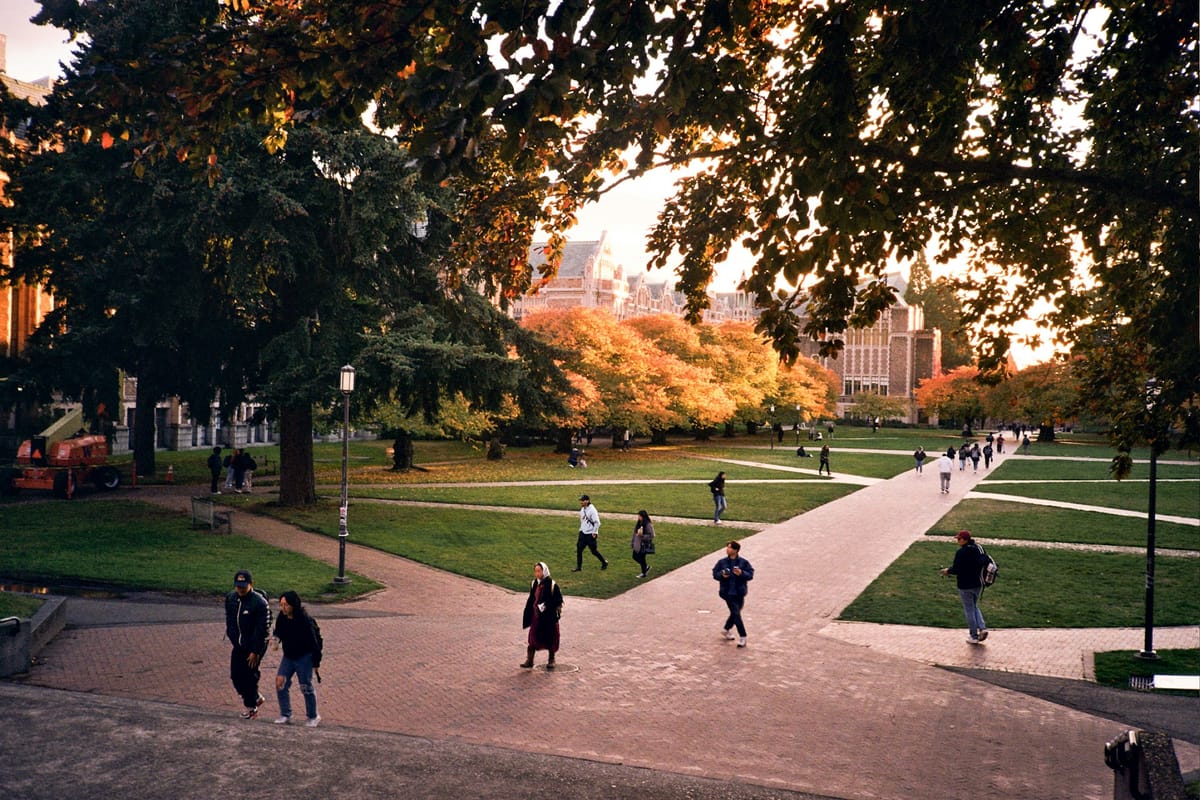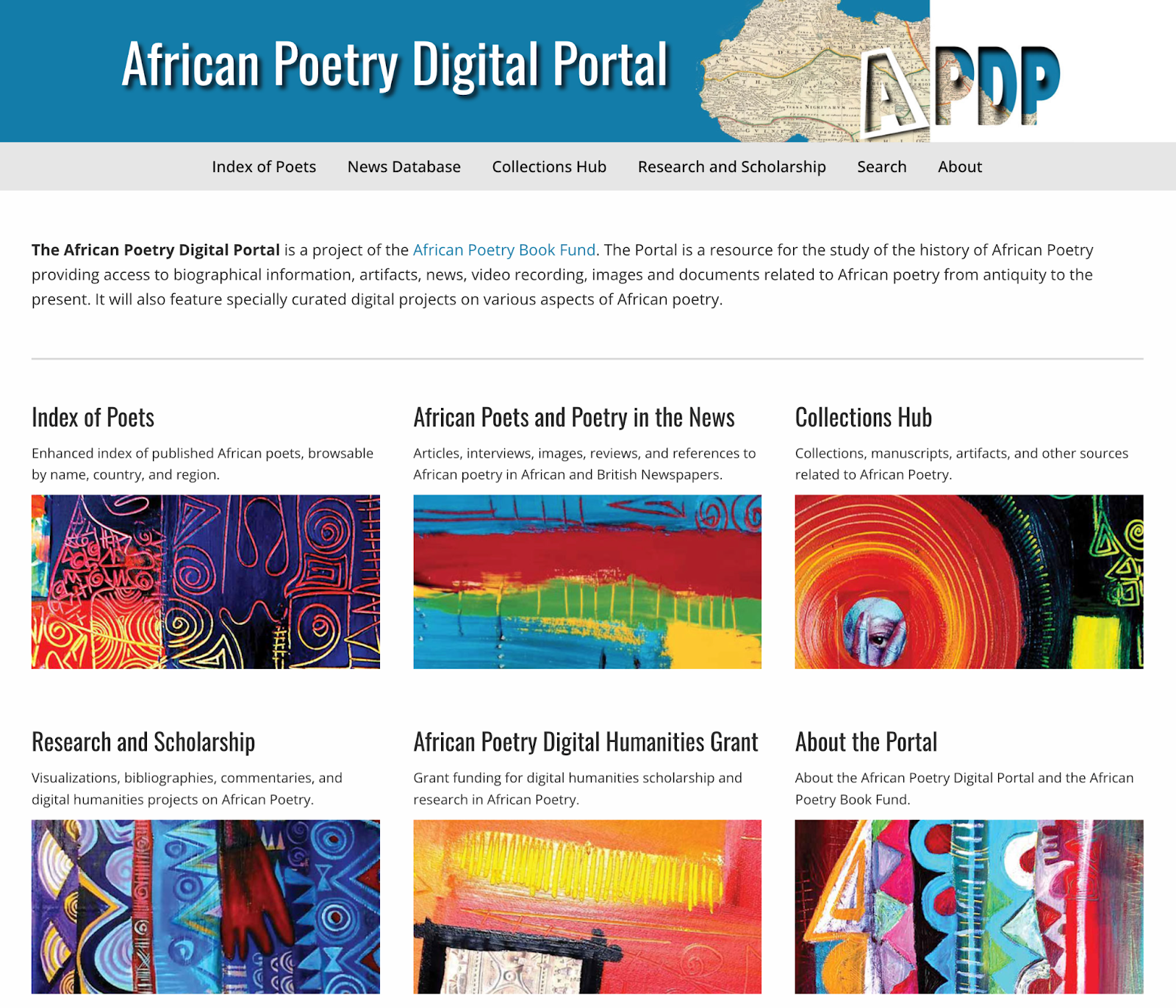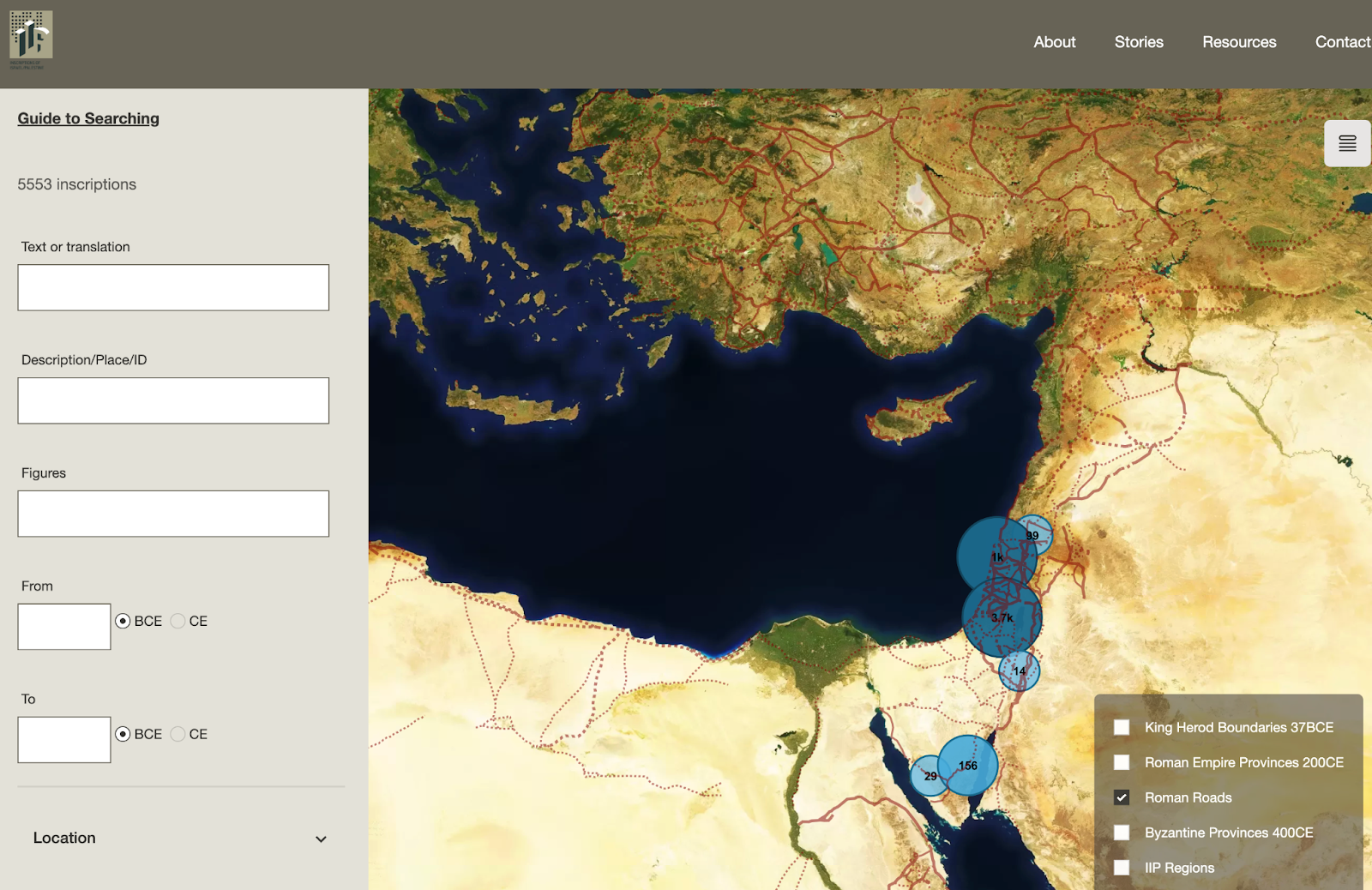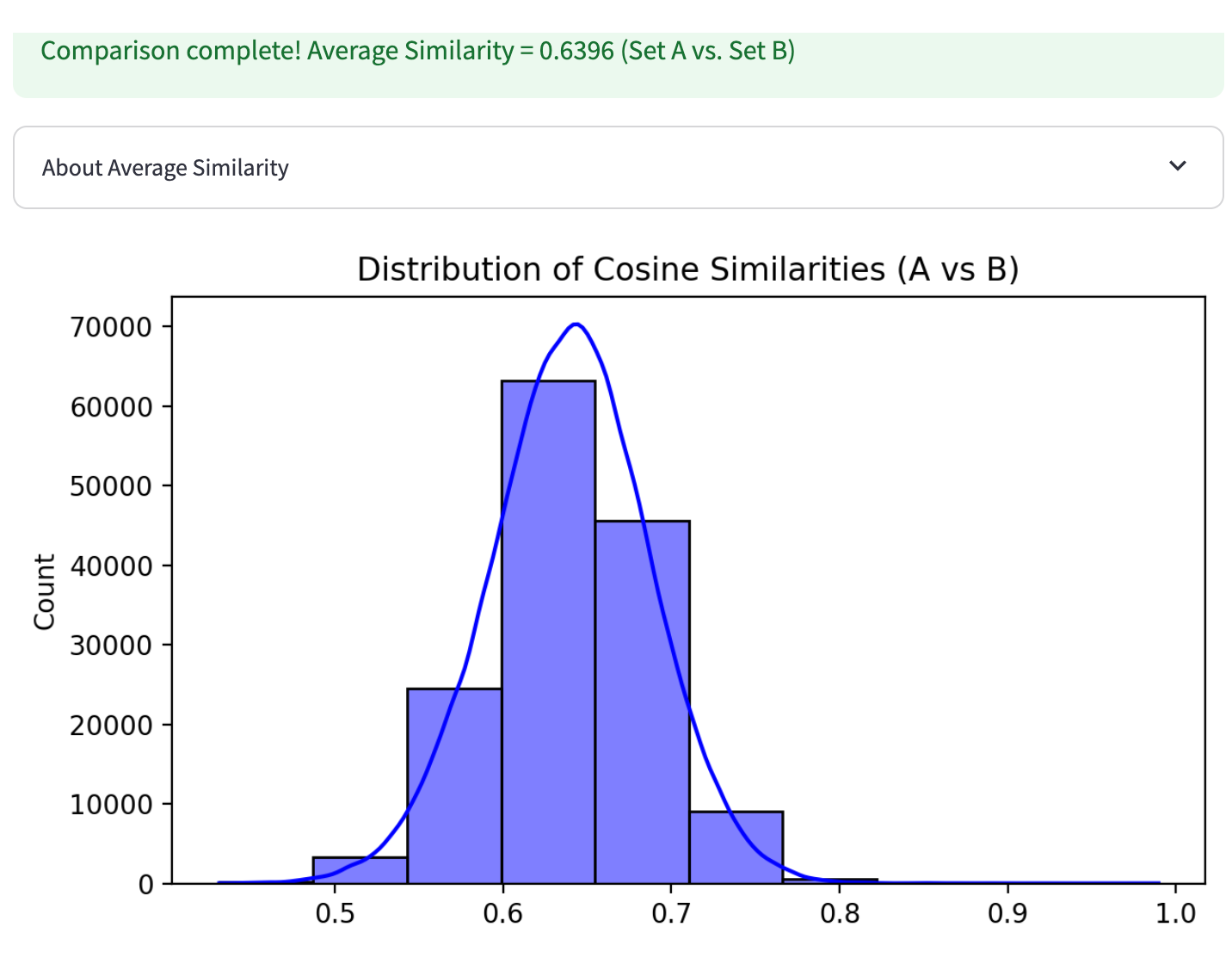Open Infrastructure and Digital Scholarship at Brown University

As digital technology becomes more and more widely used for research and teaching across the Humanities and Social Sciences, the infrastructure that supports faculty and students in their work becomes increasingly critical to their academic success.
Told by Cody Carvel, Digital Scholarship Technologist, at the Center for Digital Scholarship at Brown University Library, this case study explores the open infrastructure that underpins that important work and explores the future of educational technology in a unique Higher Ed institution.
A growing community with diverse needs
In previous decades use of technology may have been pioneered in economics or mathematics, but today digital scholarship encompasses all disciplines. Being inspired by what’s possible with digital tools and technologies today, prompts both faculty and students to seek the support of professionals like Cody, who help make it happen by translating academic needs into technical requirements and then implementing the resulting learning design.
Key to the success of serving a growing community with diverse needs is building digital capability, and teaching students how to effectively use technology for learning and research. In turn, students and early-career researchers, immersed in the digital ecosystem, do amazing work and experiment with technology that’s developing at a rapid pace, which in turn inspires faculty to explore new digital approaches when it comes to their established research fields.

The African Poetry Digital Portal, a project of the African Poetry Book Fund, is a long running project providing invaluable resources for the study of the history of African Poetry. This WordPress/Omeka mashup provides access to biographical information, artifacts, news, video recording, images and documents related to African poetry from antiquity to the present.
One of the primary objectives in digital scholarship projects is to help bring to life research findings in a way that engages a wider audience, using open source tools to create dynamic timelines, interactive graphs and visually compelling narratives. Creativity and new ideas sprout easily when there is such enthusiasm paired with technological possibilities.
One platform that has helped make this happen for the Center for Digital Scholarship at Brown University Library is Reclaim Cloud.
Making space for creativity in Digital Scholarship
One example of creative digital scholarship supported in Reclaim Cloud is a research tool to discover ancient inscriptions.

The research tool aims to provide search access to “10,000 inscriptions, written primarily in Hebrew, Aramaic, Greek and Latin. … These inscriptions are an invaluable resource for historical investigation, for they provide information that is frequently not available in the extant literary texts. … Recently, scholars have used these inscriptions to, for example, reconstruct [parts of] the ancient Roman road system.”
Cody reflects on how Reclaim Cloud allows you to open up new possibilities for faculty and students, who may see something and consider "When will I use that…?" following curiosity and wondering what projects it could be used for? In other words, it supports a more creative, flexible and organic approach to evolving digital scholarship.
This is particularly true in the age of AI and machine learning, as shown in an innovative new word similarity analysis tool, the development of which has been supported by Brown University and the Center for Digital Scholarship at the Brown University Library.

Experimenting with new technologies fosters creativity and scholarship, and easy access to a wider range of apps and tools is key. Cody explains:
"I’m taken with the idea that people have put thought into how applications run on the web and added images to the Docker library, and that there is all this choice out there. There are a lot of open doors in Reclaim Cloud."
Reclaim Cloud’s ability to offer access to multiple technology stacks with a high level of transparency of usage and cost fosters a greater range of projects and promotes innovative scholarship. This aligns closely with the Centre’s vision to be responsive to diverse perspectives, and focused and intentional about ethical and cultural concerns and public impact.
"Take for example a university or department's new prototype of a new site and to have a look at it, and at the end of their contract, we can continue to access it and manage permissions that enable us to continue to use, access, evaluate… ."
Other features that make life easier include managing permissions and access safely as the tools required to protect access and permissions are built into the platform. That’s a key feature when things change quickly and projects need to change ownership as external funding and/or stakeholders come and go.
Transferability is key for Cody and his colleagues seeking to make innovative digital scholarship more robust and sustainable in a fast moving Higher Ed context.
Lessons learnt
If you are looking to expand the use of digital technology for research and teaching across the Humanities and Social Sciences, here are some key points when it comes to infrastructure that supports innovation with faculty and students:
- Innovative use of technology needs to be underpinned by digital literacies for faculty and students;
- Services like Reclaim Cloud enable innovation through broad choice of tools, applications, and technology stacks that help balance risk and utility;
- Keeping costs transparent and easy to manage is essential for agile projects and a broad range of stakeholders.
Thanks and acknowledgements
The interview was led by Reclaim’s Co-Founder, Jim Groom, and the case study was written by Maren Deepwell.




